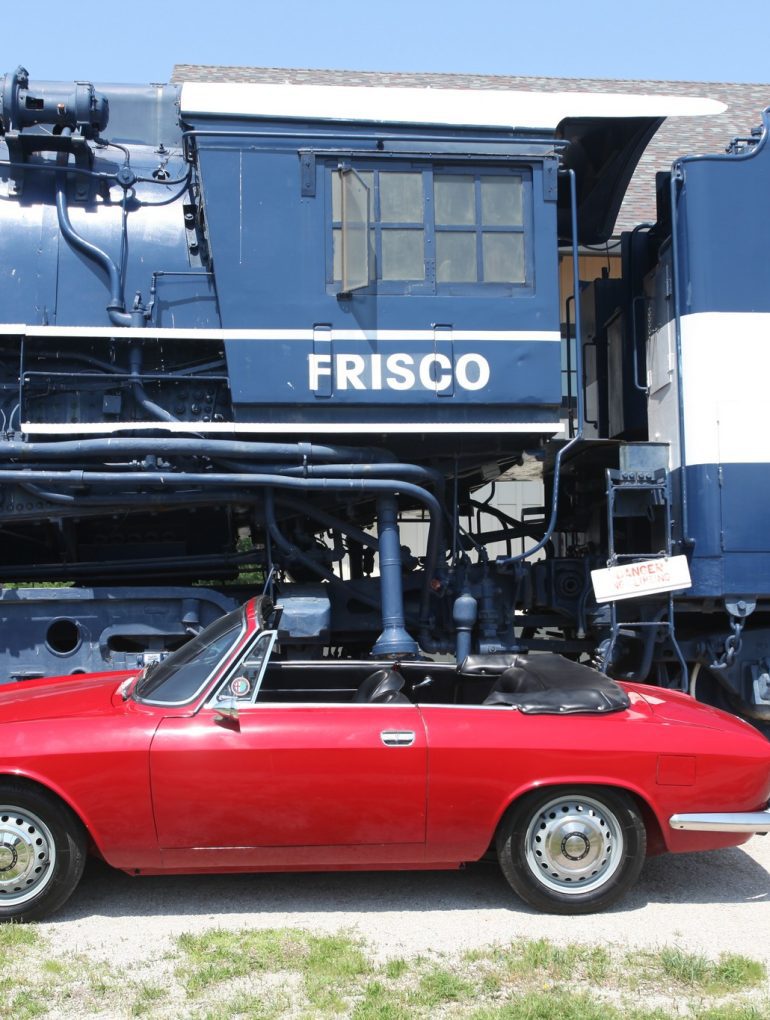Full disclosure: I am a serious fan of Alfa Romeo automobiles. I’ve owned Alfas built from 1961 to 2017. My favorite Alfas, though, are the ones with the 105 chassis numbers – the Giulias. I’ve owned a 1966 Giulia Sprint GT Veloce, two Giulia Supers (1966 and 1973), a 1967 Duetto, and a 1971 Berlina. I also owned a 1963 Giulia Sprint, but that was a 101 chassis with the 1600 cc engine that would be used in the early 105 series cars. I have lusted after but never owned a Giulia GTC, that sexy open version of the Giulia Sprint GT. When I realized that I’d be visiting David and Eileen Simmons to detail David’s replication of an Alfa Stradale, I knew I needed to profile his very nice GTC.
A.L.F.A. to Giulia
As far back as 1910, Italians have had little patience for unexciting cars. French manufacturer Darracq was building cars in Italy, but they were so dull that a group of Italian automobilists bought the company in 1910 and turned it into Anonima Lombarda Fabrica Automobili, or A.L.F.A. It became the second oldest sporting auto manufacturer in Italy, only beaten by Itala, founded in 1908. A.L.F.A. was bought by an industrialist named Nicola Romeo, who wanted additional manufacturing capacity for the products he was making. Ultimately, the company became Alfa Romeo, a firm that has had a storied history that continues to this day.




